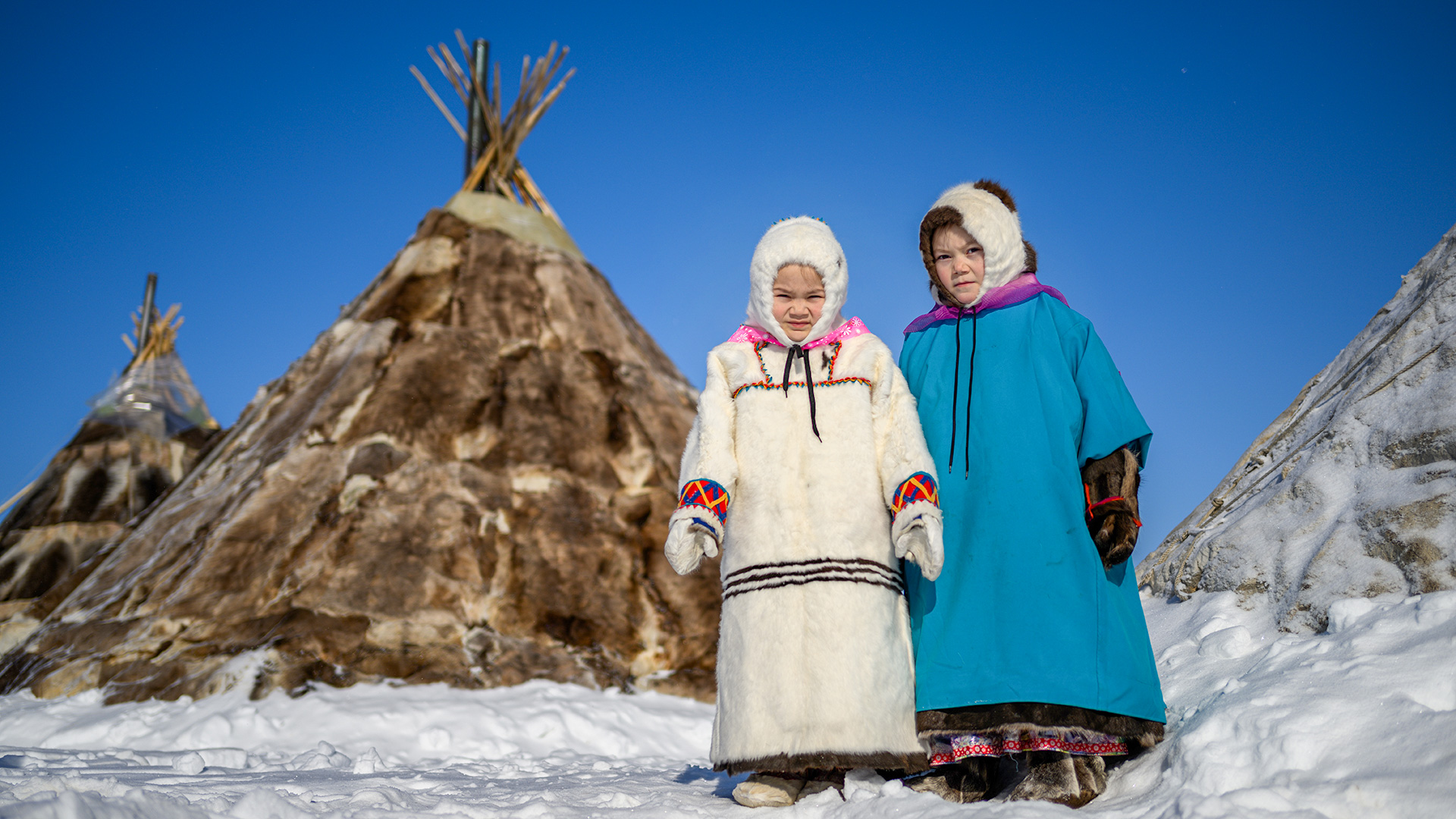
What’s encoded in Chuvash embroidery? (PHOTOS)

 This towel was made in 1982 as a souvenir on a famous Chuvash manufactory 'Paha Tere' ('Amazing embroidery' in Chuvash).
This towel was made in 1982 as a souvenir on a famous Chuvash manufactory 'Paha Tere' ('Amazing embroidery' in Chuvash).
‘The Land of a Thousand Embroideries’ – that’s how romantically and quite rightly the Chuvash Republic in the Volga Region is also called. Indeed, there’s a colossal amount of different patterns and seam styles in every region (just look at this embroidered map of Chuvashia). The locals even say that, to Chuvashia, embroidering is like soccer to Brazil. It literally defines the cultural code of the people.
Chuvash embroidery is math
Just some 100 years ago (in some places – until the middle of the 20th century), the Chuvash people constantly wore traditional folk costumes, not just during holidays like now. Traditionally, women’s shirts, aprons and headdresses (shawls called surpans and broad ribbons called masmaks) were decorated with embroidery. The Chuvash people believed embroidery to be a ward against dark forces and women needed to be protected before anything else, because they give life.
 The wedding of a tractor driver in a Chuvash village, 1937.
The wedding of a tractor driver in a Chuvash village, 1937.
The first thing that catches the eye is their hand embroidery, which looks a lot like machine embroidery, so thin and precise are the stitches on the thin fabric. To make them, you needed to know how to count, since every element occupied a certain amount of squares on the fabric (two stitches left, three right, then two stitches back. One needs to keep all of this in their head for every ornament). And there are more than 30 known styles of seams alone! So this embroidering was not a jolly gathering in a company of friends, but a true math problem. Double-sided embroidery, which looked delicate even from the inside out, required special concentration.
 Theatrical performance "Chuvash wedding" on the territory of the ethnographic complex "Chuvash Kerem" in the village of Maly Sundyr.
Theatrical performance "Chuvash wedding" on the territory of the ethnographic complex "Chuvash Kerem" in the village of Maly Sundyr.
“Before marrying, a woman embroidered lots of work pieces and then sewed it onto clothing, since she didn’t have a lot of free time in a family,” director of the Chuvash Embroidery Museum Nadezhda Selverstrova says. “In our museum, we have things from the end of the 18 century to the beginning of the 20 century that were passed from generation to generation. By looking at the embroidery, you can learn where the craftswoman was from (the Chuvash people have three ethnographic groups: upper, lower and mid-lower), her family status, her wealth and how skilled of a craftswoman she was.”
Embroidered wards
According to Chuvash mythology, there are three worlds: the bottom world, the middle world (where people live) and the upper world. The entities inhabiting these worlds can be seen in Chuvash embroidery. Those are spirits, animals and natural elements.
 Here you can see the sun, the tree, and the horses on the fabric.
Here you can see the sun, the tree, and the horses on the fabric.
“Everything below the waist is the past and the bottom world,” Nadezhda explains. “From the waist up to the shoulders – that’s our world, over the shoulders – the connection to the cosmos, to the Universe.”
In Chuvash mythology, the world was created by a supreme god called Tura and he is opposed by the god of the underworld, Shuittan. The earth and water (the ocean) separated from the sky and ducks and fish appeared in them. Three suns were left in the sky (one of them became the moon, the other split into stars). These worlds are connected by the tree of life.
 Moiseyev Family Folk Ensemble, Chuvash ASSR, 1985.
Moiseyev Family Folk Ensemble, Chuvash ASSR, 1985.
Also, during Soviet times, ethnographers collected all the Chuvash ornaments. It turned out that squares are the most frequent element in them – the symbols of earth, as well as eight-pointed symbols of the sun, ducks, horses, a tree, “eyes” (“the eye of Tura”) and other geometric signs.
Runes on the fabric
Among the Chuvash patterns, separate symbols stand out, similar to an ancient runic script. Usually, the peoples of Northern Europe used runes, but similar symbols for a short time existed among the peoples of Povolzhye, the ancestors of the Chuvash people. In medieval times, such symbols were used as patrimonial signs, mainly on household items. To tell things belonging to one family from things belonging to another.
 Embroidery in a Chuvash village, 1979.
Embroidery in a Chuvash village, 1979.
These patrimonial signs later migrated onto fabrics, turning into an element of Chuvash embroidery.
Apart from embroidery, the Chuvash women adorn themselves with a large number of silver coins; among them were also coins from Europe.
Today, the vast majority of Chuvashs are Orthodox Christians. But, deep within Russia lie the villages, where the Chuvash people still preserve their traditional pagan religion and even perform sacrificial rites. Find out how it happens here.













